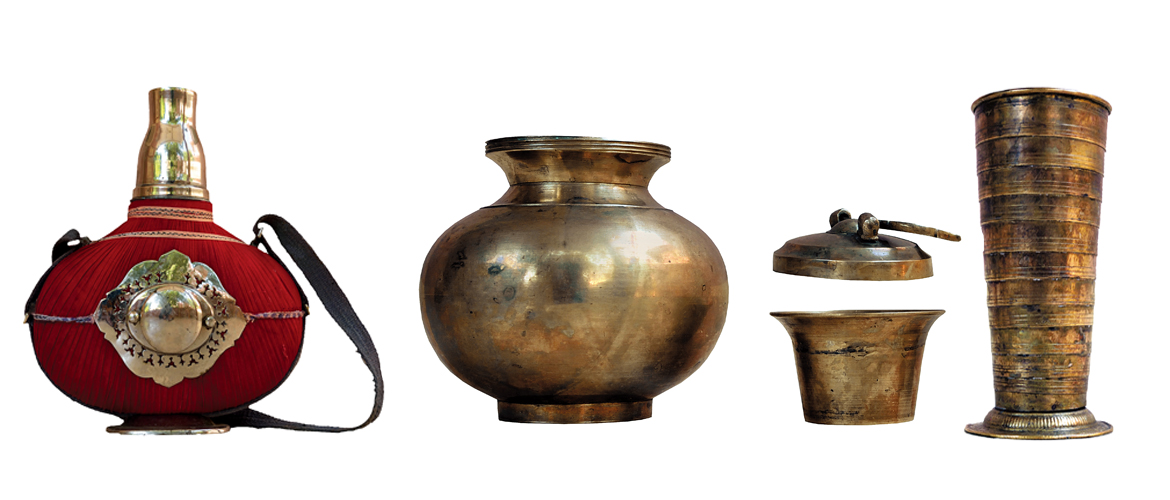We all know the events of the Partition through archived news articles. As is often the case,

Inspired by a new book, Remnants of a Separation (HarperCollins), written by Aanchal Malhotra, I scouted for material leftovers of the division in my home. Part of a Sindhi family that was driven out of Larkana, Sindh, in the wake of the Partition, I grew up hearing stories of those days from my grandmother. Seventy years later, she still treasures a bunch of everyday items that she carried with herself on a train journey from Sindh to Udaipur in June 1948. A brass milk vessel with a glass built into the lid, an intricately carved surma dani (kohl holder), a retractable copper glass and a beautiful ornamental stag—these items would ordinarily not belong in a single set. But their status in our house as the only memorabilia of a lost home in Sindh puts them together in one family. On the other hand, there are post-Partition artefacts such as a water bottle with a latched compartment to hold ice—a blessing in arid Udaipur. There is no date attached to any of these artefacts. Items in my grandmother’s rusted iron trunks are categorised in just two baskets—pre-Partition and post-Partition. It’s almost as if her life has been partitioned too. By a line drawn seven decades ago.
partition
artefacts
history


